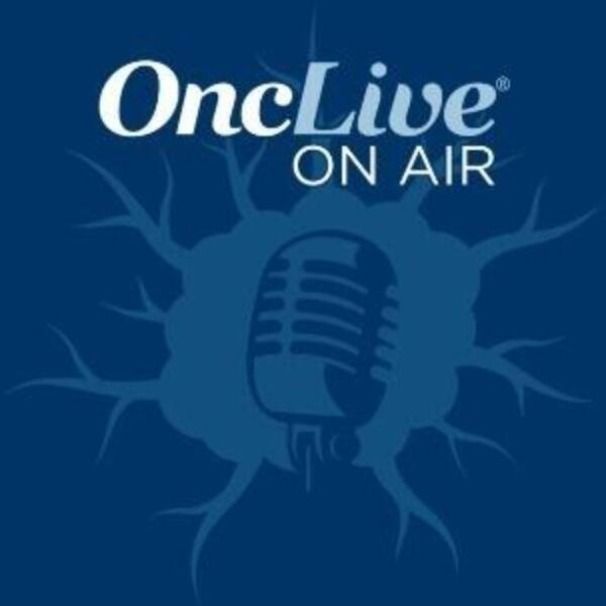Video
CAR T-Cell Therapy in DLBCL: Centers of Excellence
Transcript:
Stephen J. Schuster, MD: One of the most important facets of T-cell therapy, and the ability to use T-cell therapy for our patients, is the selection of patients. This would mean identifying patients with a poor prognosis early on, rather than putting them through a series of unsuccessful chemotherapies, and referring them early on to a center that is doing CAR T-cell therapy.
The reason I say that is because chemotherapy tends to deplete normal T cells, and we need normal T cells to generate CAR T cells. If a patient comes after 4, 5, or 6 prior therapies and doesn’t have any peripheral blood lymphocytes to collect, it may be more difficult to generate a product. Early referral of these poor-prognosis patients, who aren’t going to be cured by second- and third-line chemotherapy regimens, to a center that the referring physician can work with to arrange collection, and then management while production is happening, is the ideal approach. Early referral.
More patients will be candidates for CAR T-cell therapy than for transplant, in the sense that stem cell transplant requires achieving remission prior to going to transplant. Patients with active disease can be treated with CAR T cells and you’ll get the same outcomes as those who are in remission when they’re treated with CAR T cells, so that’s an advantage.
Similarly, patients who can’t go to transplant because of a comorbidity may still be eligible for CAR T cells. For example, we treated patients up to age 79 on my trial with CAR T cells. Age wasn’t a barrier, whereas with transplant, that may be a barrier. In general, I think there is a wider group of patients who are potentially candidates from the age and comorbidity standpoint with regard to CAR T cells, as compared to autotransplant.
In my opinion—and I do both autotransplants and T-cell therapy—I actually think once we understand CRS rates, how to manage it, neurotoxicity; once you get the hang of it, it’s actually a lot less toxic and a lot easier to do this for patients than to do a transplant.
Transcript Edited for Clarity








